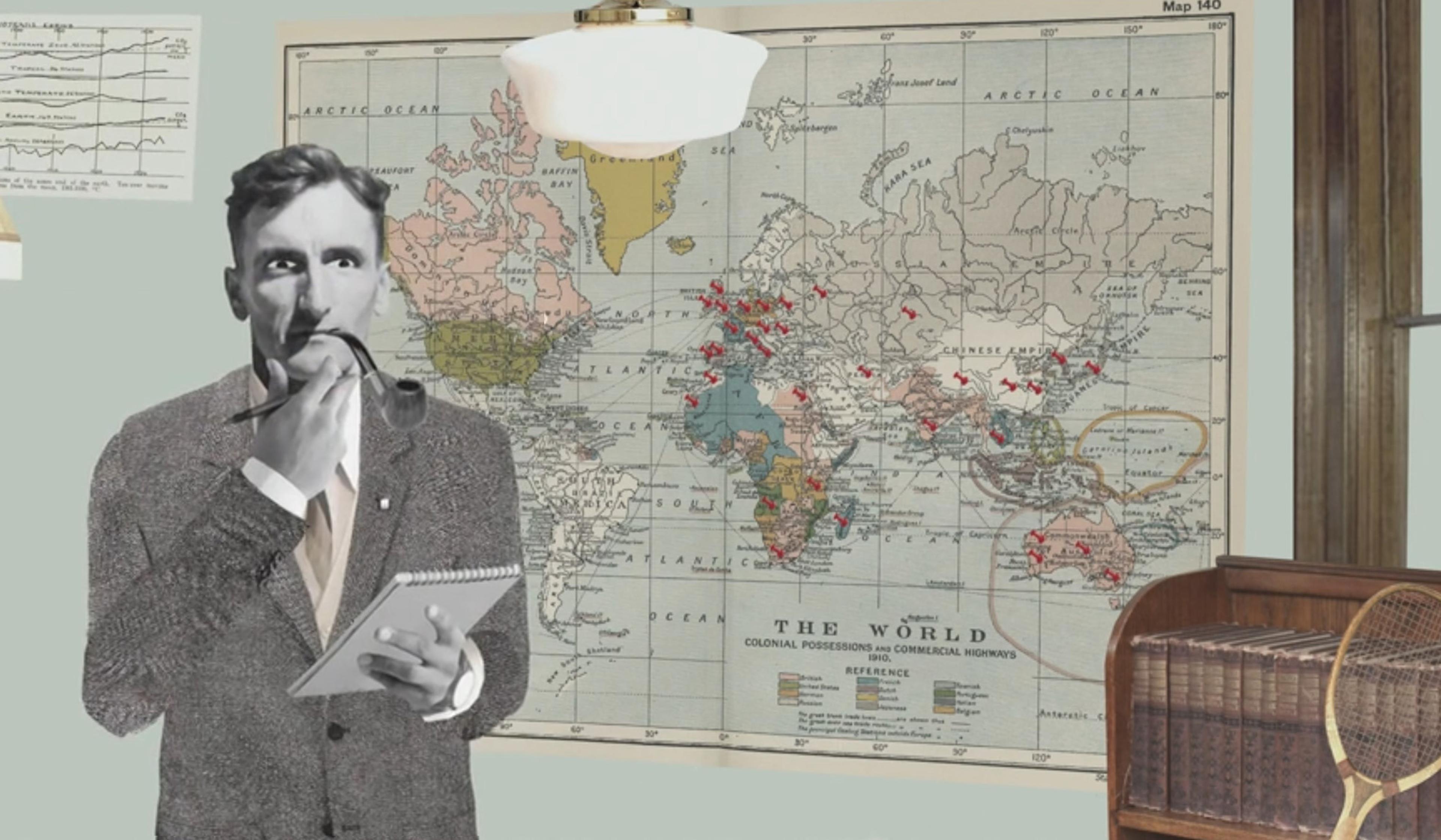Now fundamental to our understanding of Earth science, the theory of continental drift was highly controversial – if not outright derided by the majority of the scientific community – when the German geophysicist Alfred Wegener first proposed it in 1912. This lively short animation from the Royal Institution chronicles how the American geologist Marie Tharp’s tireless and brilliant work helping to map the ocean floor during the mid-20th century – which included battling endemic sexism – forced a massive paradigm shift that led to plate tectonics gaining widespread acceptance among scientists.
Battling sexism and dissension, Marie Tharp changed how we understand the Earth
Director: Rosanna Wan
Producer: Ed Prosser

videoEarth science and climate
How an Earth science outsider finally put the Pangea puzzle together
8 minutes

videoHistory of science
The missing link in the history of natural selection – an adventure with puppets
8 minutes

videoEarth science and climate
Climate change science is centuries, not decades old, and it was pioneered by a woman
5 minutes

videoHistory of science
Ideas ‘of pure genius’ – how astronomers have measured the Universe across history
29 minutes

videoHistory of technology
The voyages of Ancient Pacific mariners echo in modern space exploration
2 minutes

videoPhysics
Imagining spacetime as a visible grid is an extraordinary journey into the unseen
12 minutes

videoInformation and communication
There are many ways to make a flat map of the world – each of them a unique distortion
10 minutes

videoInformation and communication
Mapping data visualisation’s meteoric rise from Victorian London to today
6 minutes

videoOceans and water
A stunning visualisation explores the intricate circulatory system of our oceans
5 minutes